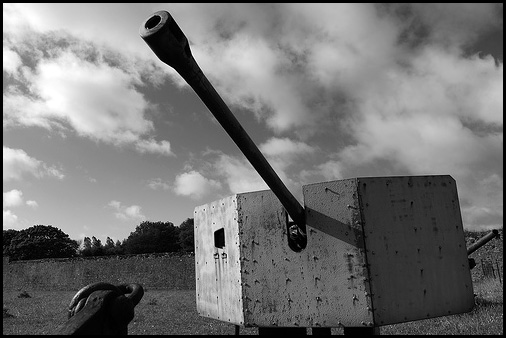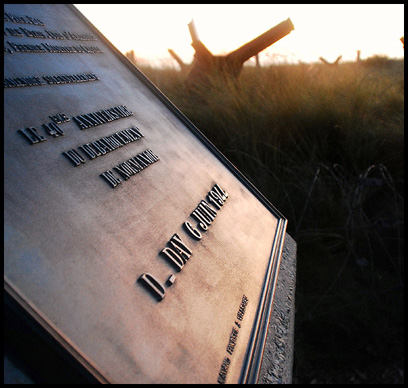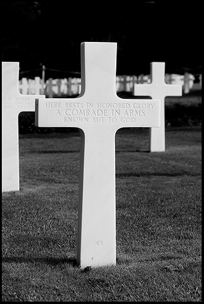
All I can say is, WOW. Seeing the D-day beaches evokes such strong emotions and memories, I strongly recommend you take the time to see them.
For veterans and families, it is uplifting to see the sacrifices of a generation treated with such respect. For younger generations, the lessons of the past are recounted in a simple yet powerful way. Go see these monuments – you won’t regret it.
There are eight well-signposted routes to take you through the invasion, battles, and liberation of Normandy.
When to Go
Late spring through early fall.
Many museums are closed from November to spring. Be sure to check ahead of time to make sure your destination is open.
Ask at a tourist office for the free booklet, The D-day Landings and the Battle of Normandy.
Cost
It is free to wander the beaches and cemeteries. Different museums charge different rates.
If you buy a full price ticket at any of the museums, you can gain free entry to most of the others over the next 30 days.
History of the D-day Beaches
- D-day is known as the beginning of the end of World War II, and has been reenacted in films such as The Longest Day, Saving Private Ryan, and the miniseries Band of Brothers
- A year before D-day, Franklin D. Roosevelt and Winston Churchill began planning Operation Overlord, the allied invasion of Normandy.
- During a rainy week in June, on the night of June 5th, 1944, 4,000 landing craft set sail from England for the Cotentin and Calvados coasts in preparation for the dawn raids.
- Shortly after midnight on June 6th, 1944, British aircraft silently targeted key defenses at either end of the invasion front, with gliders and parachuters of the 6th Airborne Division taking Pegasus Bridge on the Caen-Oustreham Canal at Benouville.

- Several hundred U.S. Rangers then captured the Pointe du Hoc, before the landings at five key beaches, where 135,000 men and 20,000 vehicles came ashore during the early morning hours.
- British, French, and Canadian forces, aiming to capture Caen, landed at beaches code-named Sword, Juno, and Gold. Further west, American troops from the 82nd and 101st Airborne Division landed at Omaha and Utah.
- The Nazis had mocked Churchill’s promise in 1943 to liberate France “before the fall of the autumn leaves”. When the invasion came, it was swift, sudden, and a surprise to the German “Atlantic Wall”.
- There were heavy losses, on both sides, but the Germans lacked air support and the Allies won a vital foothold that helped them win the war.
What to See
- The different beaches
- Pegasus Bridge and The Memorial Pegasus Museum
- Musée Débarquement
- The cemeteries
There are many different monuments set up on the different beaches – Sword, Juno, Gold, Omaha, and Utah. They range from tanks and memorials, to re-creations of bunkers and soldiers. Just go see them all!
Pegasus Bridge sits in the grounds of the Memorial Pegasus Museum in Ranville, and is a good place to start your tour. Why here? This is where the first French house was liberated, so it is a natural starting point for touring the sights and memorials of the D-day beaches.
At the Musée Débarquement you can learn more about the landings themselves. There is so much more information than my brief overview above. A really great place for younger generations to learn more about the sacrifices of those that came before us.

There are various cemeteries for those who died, including a small plot of 40 British graves at Chouain, and a classical commonwealth memorial at Bayeux.
My favorite unforgettable sight?Overlooking Omaha beach, in Collevielle, are rows of many neatly tended graves. This is the American Military Cemetery.
Here, 9,387 white marble crosses stand in precision alignment; their inscriptions facing the United States, commemorating the fallen Americans who helped fight for freedom from tyranny.
I get chills every time. Go – you’ll be glad you went.